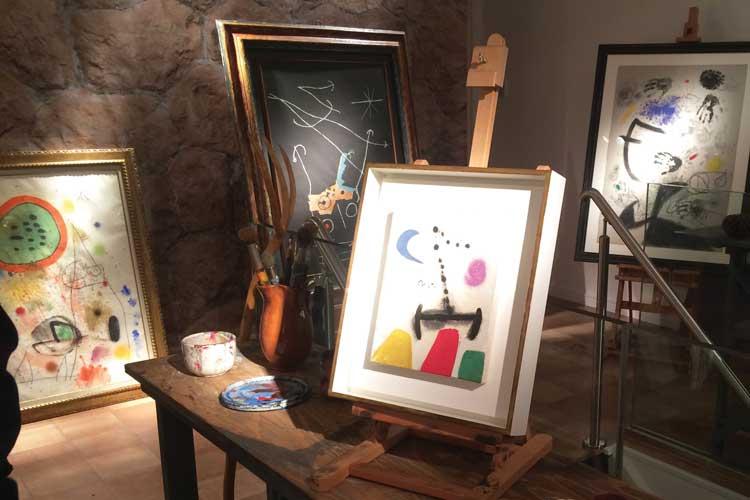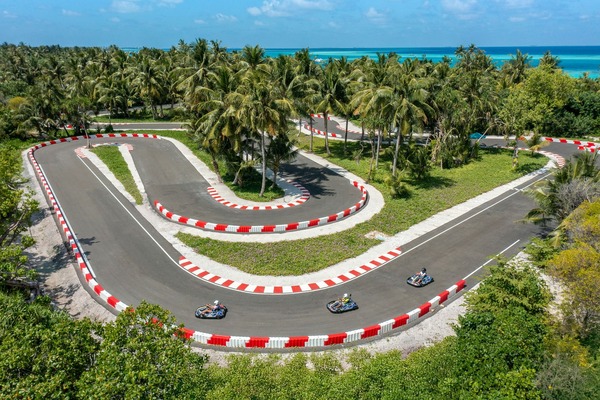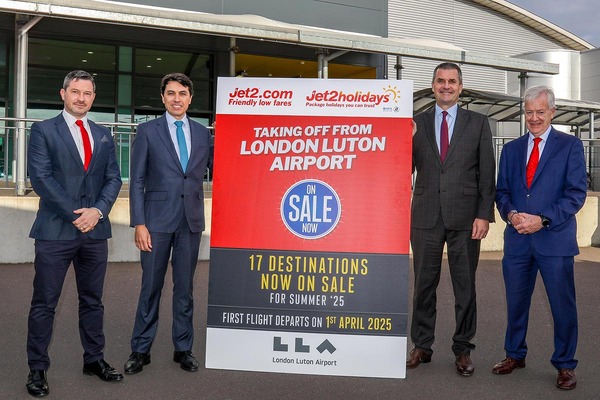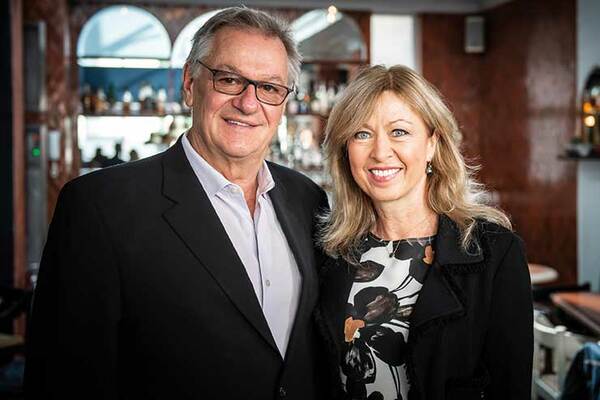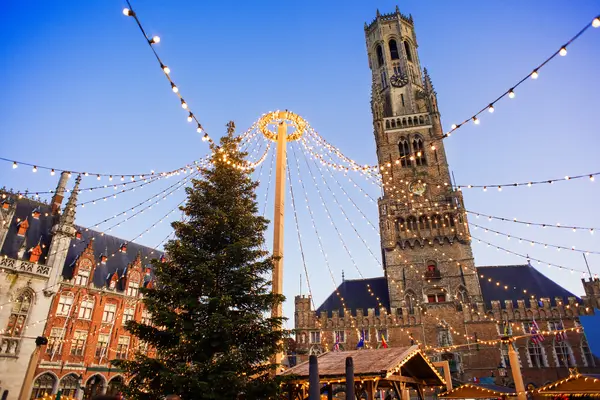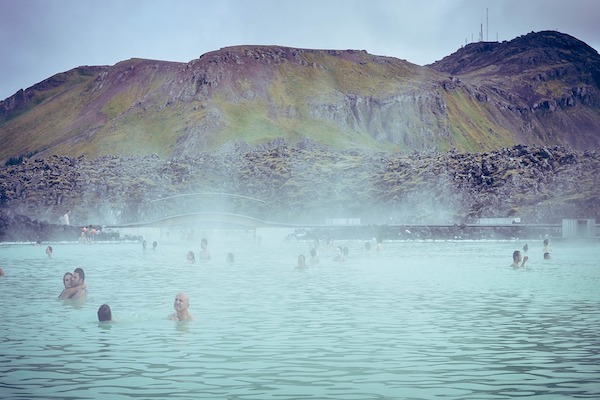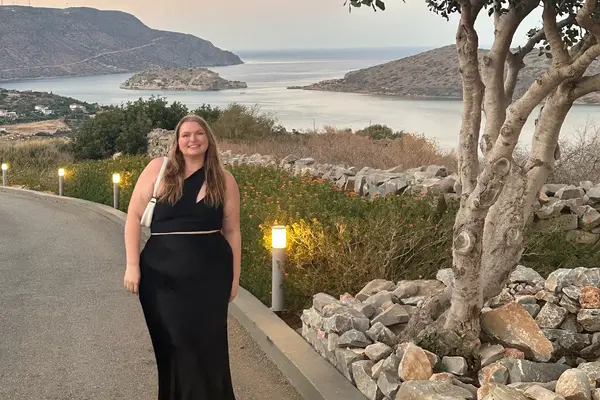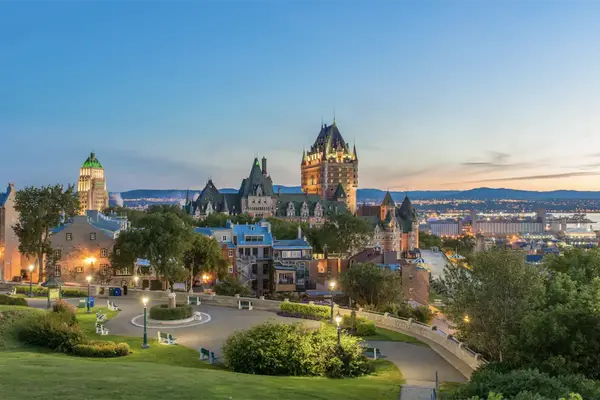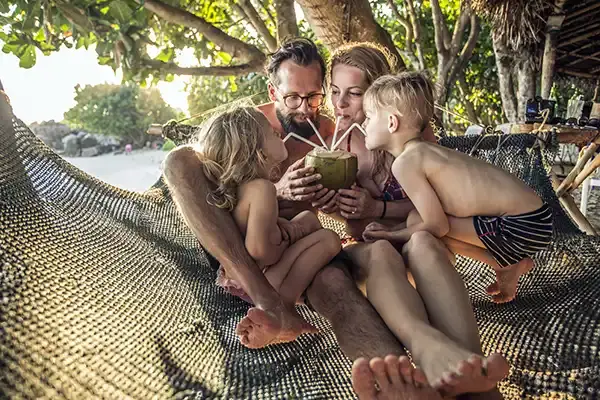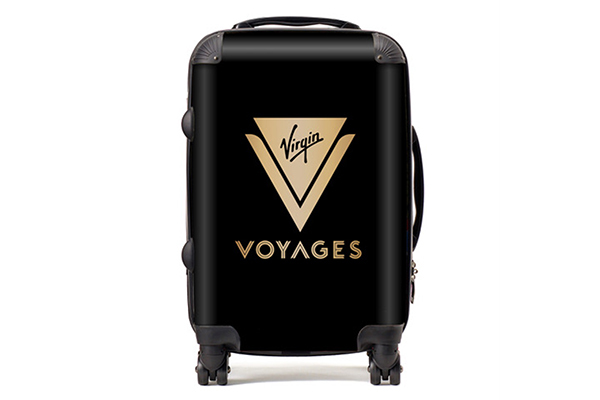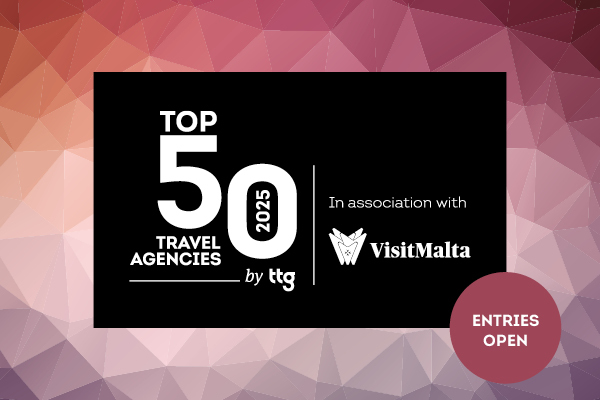Majorca's Miro connection
Bold patches of primary colours, heavy calligraphic black lines, abstract circles and handprints: the experimental later work of Joan Miro, one of Spain’s most famous painters, is unmistakeable.
The celebrated artist was born in Barcelona, but spent the last 43 years of his life living and working in Majorca, having holidayed there each summer as a child.
Before his death in 1983, he made plans to give over his studio to the city of Palma, and the studio, part of the Pilar & Joan Miro Foundation, is a popular Palma attraction.
But fans of Miro can now immerse themselves entirely in the artist’s intriguing work, by staying at a new Miro-themed hotel by the foundation.
The Miro Museum Hotel opens this month, and will contain 24 original artworks in the public areas.
Each guest room is named after one of his pieces, and the restaurant will serve Miro-labelled wine and olive oil.
The 97-room, four-star hotel also has an outdoor pool, restaurant and bar, terrace and three meeting rooms.
I met Pedro Homar Oliver, managing director of the Palma de Mallorca Tourism Foundation, at a private viewing of Miro’s later work in London, where the artist’s Palma studio has been recreated in finite detail, down to the paint splatters on the floor, to celebrate the 60th anniversary of the real thing being built in Majorca.
Homar explained how the new hotel was just the latest development in the Majorcan capital’s drive to position itself as a year-round destination.
“Since 2012, we have been working on repositioning the brand of Palma, to take ourselves out of the competitive sun and beach landscape,” he told me.
“We’ve focused on eight strands, including culture, sports, gastronomy, shopping, and sailing, but a third of our marketing plan revolves around culture,” he added.
The Miro Museum Hotel is one of 18 new hotels to open over the past four years – all small, boutique hotels in converted historic buildings.
The UK makes up a third of visitors to the municipality of Palma (which includes the city and surrounding area), and it’s a market that is performing strongly.
Arrivals were up 6% last year, and have now surpassed pre-recession levels.
Homar is also proud to be achieving a phenomenal visitor satisfaction score: “An incredible 98% say they would come back to Palma, and 97% would recommend it to a friend.”
The fact three-quarters of Palma’s visitors arrive without children is evidence that the strategy of the past three years is working, said Homar.
“Our project won’t be finished until we have created a 12-month tourist season, but we’ve already succeeded extending it to nine months – and things like the legacy of Miro will help.”

